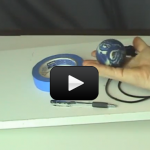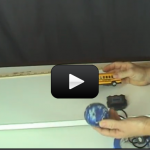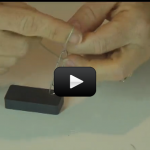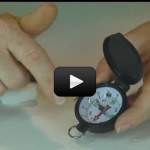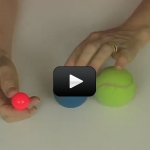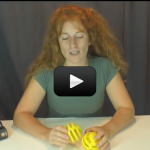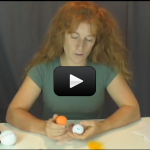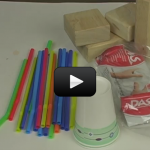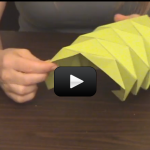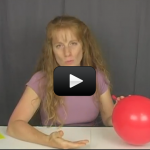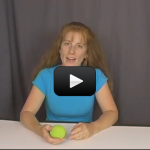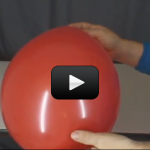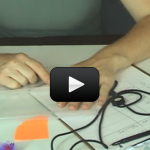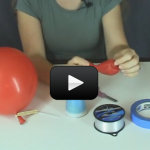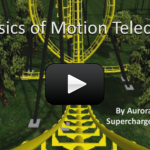Getting Started
We’re going to study velocity, acceleration, forces, and Newton’s three laws of motion in this section. You’ll get to throw things, build g-force accelerometers, and much more as you uncover the basis of all physics in our crash-course in projectile motion. Newton has a famous quote that goes “If I have seen farther then others, it is because I have stood on the shoulders of giants.” One of the giants he was referring to was Galileo. Thanks to the discoveries of Galileo and others, Newton was able to make many of his own discoveries. The most famous of which are Newton’s Laws of Motion.
Newton’s Laws are all they used to get the first man to the moon. They are an amazingly powerful and wonderful area of physics. I like them because evidence of them is everywhere. If something moves or can be moved, it follows Newton’s Laws. You can’t sit in a car, walk down the road, drink a glass of milk, or kick a ball without using Newton’s Laws. I also like them because they are relatively easy to understand and yet open up worlds of answers and questions. They are truly a foundation for understanding the world around you.
[am4show have='p8;p9;p11;p38;p72;p77;p92;' guest_error='Guest error message' user_error='User error message' ]
Here are the scientific concepts:
- The motion of objects can be observed and measured.
- The position of an object can be described by locating it relative to another object or the background.
- An object's motion can be described by recording the change in its position over time.
- The way to change how something is moving is to give it a push or a pull. The size of the change is related to the strength, or the amount of "force," of the push or pull.
- Tools and machines are used to apply pushes and pulls (forces) to make things move.
- Objects near the Earth fall to the ground unless something holds them up.
- Each force acts on one particular object and has both a strength and a direction.
- An object at rest usually has multiple forces on it, but they add up to give a net force sum of zero. Forces that don't sum to zero are imbalanced, and cause an object to change speed or direction of motion (or both).
- The patterns of an object's motion can be observed and measured, and also predicted.
- Objects exert forces on each other.
- Electric and magnetic forces between a pair of objects do not require the objects be in contact. The size of the forces depend on the properties of the objects, their distance apart, and in the case of magnets, their orientation.
By the end of the labs in this unit, students will be able to:
- Design and build an experiment that shows how forces are balanced and unbalanced, and how unbalanced forces cause motion in an object.
- Make observations and measurements on an objects motion to figure out the predictable pattern of motion.
- Figure out the electric and magnetic relationship interactions between two objects.
- Differentiate observation from inference (interpretation) and know scientists’ explanations come partly from what they observe and partly from how they interpret their observations.
- Measure and estimate the weight, length and volume of objects.
- Follow a set of written instructions for a scientific investigation.
[/am4show]

